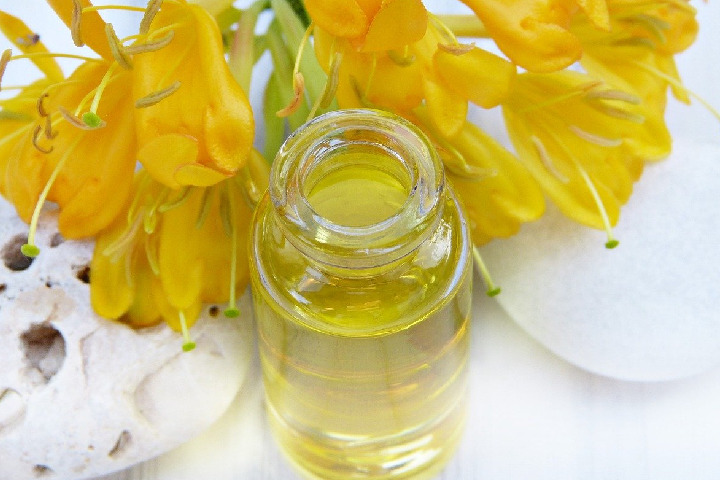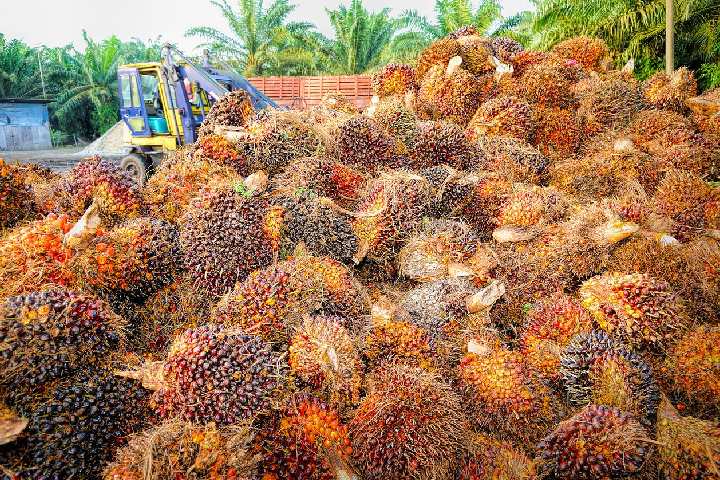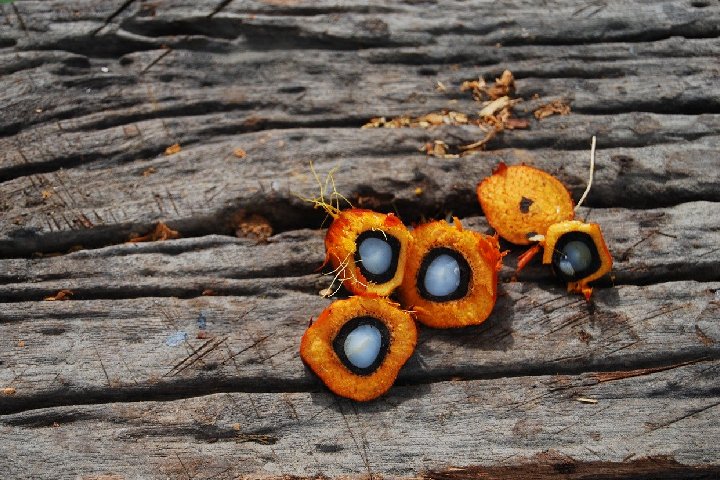Palm Oil: Palm oil is still a common ingredient in many ultra-processed products. The food industry uses it because it adds texture and shine to the product, but it generates toxins that are not good for health in its refining process. So the advice is to avoid it.
That palm oil has a bad name is a no-brainer. But is it a justified lousy reputation? The answer is yes, although virgin palm oil is not the same as the way it is added to a myriad of processed products.
We have spoken about this with Dr. Anna Costa, spokesperson for the College of Dietitians-Nutritionists of Catalonia (CoDiNuCat), the biology and food technologist doctor.
Table of Contents
1. Regulations on Palm Oil
Since December 2014, it is strictly mandatory to specify on the label of food the origin of the vegetable fats or oils it includes (be it olive, sunflower, corn or palm). Therefore, if a product contains palm oil, it must be listed on the label and cannot just hide behind the term “vegetable fats.”

The label should specify the type of vegetable oil it contains But its terrible reputation dates back to 2017 as a result of the report published by the European Food Safety Authority (EFSA) – the highest body that watches over public health in Europe – which, after an exhaustive review of studies, revealed the risks that involve the consumption of palm oil for health.
2. Are All Saturated Fats Bad?
It is a saturated fat of vegetable origin, and this is enough to give it a bad name. “Since the 60s – he explains to Dra. Costa – saturated fats have been demonized a lot; they have been the bad guys in the movie and the culprits of increasing blood cholesterol and suffering from cardiovascular diseases”.
But in new years, it has been seen that not all saturated fats are the same, clarifies the CoDiNuCat spokesperson: Saturated fats from coconut oil, cocoa, or dairy do not increase cardiovascular disease risk because they are medium-chain fatty acids.
When they are absorbed through the intestine, they are used as fuel for energy or build cellular structures. The saturated fats in palm oil are long-chain fatty acids: These fats go directly to the liver, and it uses them to build lousy cholesterol (LDL).
“The only risk of virgin palm oil is that it can increase bad cholesterol if consumed frequently, although, in reality, the real culprit of high cholesterol is the consumption of added sugars (the liver also transforms them into lipids),” says Dr. Coast.
3. Why is Palm Oil So Widely Used
It is obtained from the African Palm cultivated throughout the tropics (Asia, South America, and Africa). And it is produced massively because there is great interest in the food industry due to the characteristics it presents:

This fat is solid at room temperature, unlike other fats such as olive, sunflower, or corn oil that are liquid. This is very interesting to create individual, more pleasant textures at mealtime or give the product shine.
In fact, until the 1980s, palm oil was used in cosmetic creams to give the product greasiness, until it was discovered that it could also be a useful ingredient at the food level.
4. Palm Oil and Health Risks
It is abundant in many processed products, but not pure. To use it, a refining process is previously carried out at temperatures of up to 230º to remove the lipids that give it color, flavor, and smell.
In this process of refining at very high temperatures, compounds are generated by chemical pollutants (esters). That is present in that cookie or chocolate cream in which palm oil appears among its ingredients. The palm oil refining process generates esters, toxic substances.
The World Health Organization recognizes that these substances have a toxic effect on health and, as the EFSA report that we said at the beginning points out, they increase the risk of:
- Cancer
- Renal insufficiency
- Reduction of male fertility
The harmful effect on health is such that the EFSA establishes that its consumption should not exceed 2 micrograms of esters per day.

5. Where Is It Found
Is there a method to know the number of esters consumed in your product? Faced with this question, Dr. Costa assures that it is very complicated because these data do not appear on the labels. What is known are the products that still use palm oil, so it is advisable to look closely at the labels and preferably opt for the version that does not include this type of vegetable fat.
Palm oil can usually be found in the following products:
- Cookies.
- Chocolate eggs for children.
- Chocolates with hazelnut praline and other chocolates for sale in supermarkets.
- Chocolate bars.
- Industrial pastries.
- Breakfast cereals.
- Margarine or fat spreads.
- French fries or bagged snacks.
- Prepared dishes such as pizzas, nuggets, empanadillas, San Jacobos, spaghetti, fettuccine, or vegetable creams.
- Ice creams or pastries from large fast-food chains also contain palm oil. Even french fries are fried in this oil.
- It is also found in some formulations for babies.
“The best advice is to avoid ultra-processed foods that include not only palm oil but also contain sugars, refined flours, and a host of additives .”

